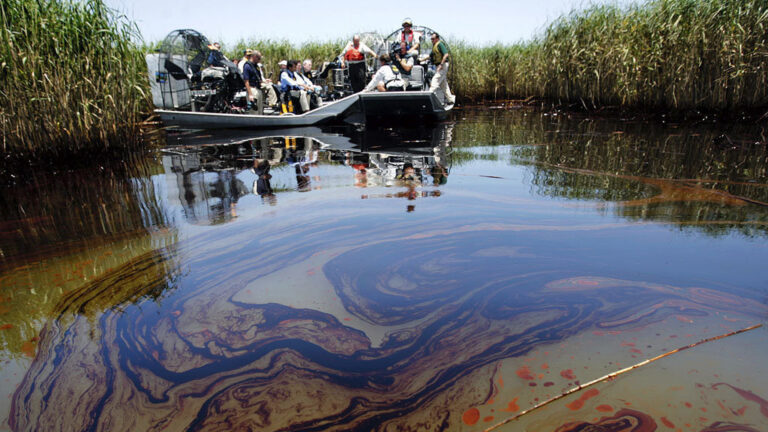
Water Analysis – Temperature

Water temperature must be taken in the field. Temperature should be sampled at various depths using a recording Celsius thermometer. For deep lakes temperatures can be measured at 5 ft intervals, shallower lakes should have reading taken at lesser intervals, 2-3 ft. Streams and rivers, should have readings taken at intervals relative to the water depths. Location of temperature reading also needs to be considered, edge, middle, inlet, etc.
The thermometer will need to be weighted and tied to a strong cord or light rope. Determining the depth of the thermometer can be accomplished by placing knots in the rope or cord at appropriate intervals. A data table detailing location of reading relative to land marks, depth and the temperature reading will need to be devised.
Temperature (C) | Examples of Life |
|---|---|
Greater than 20C (warm water) | Much plant life, many fish diseases Most bass, crappie, bluegill, carp, catfish , caddis fly |
Middle range (12-20C) | Some plant life, some fish diseases Salmon, trout, stone fly, mayfly, caddis fly, water beetles |
Low range (cold-less than 12C) | Trout, caddis fly, stone fly, mayfly |


Water Analysis – Color, TSS, TDS
Color is an indication of the amounts of dissolved and suspended materials present in water. Total suspended solids (TSS) gives a measure of the turbidity of the water. Total dissolved solids gives a measure of the nutrient material dissolved in the water are indicators of productivity.

Water Analysis – Temperature
Water temperature must be taken in the field. Temperature should be sampled at various depths using a recording Celsius thermometer. Location of temperature reading also needs to be considered, edge, middle, inlet, etc.
